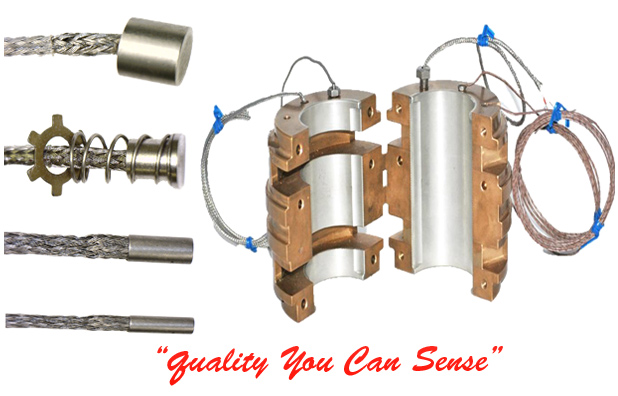Bearing Deflections
Bearing Deflection
At light loads an externally pressurized sleeve bearing tends to be stiffest, followed by rolling-element bearings and self-acting sleeve bearings. As loads increase, the rolling-element bearing deflection exceeds that of the self-acting sleeve bearing. With a further increase in load, the deflection of the externally pressurized bearing exceeds that of the self-acting sleeve bearing. Thus, the least rigid bearing at light loads becomes the most rigid at heavy loads. Stiffness of the rolling-element bearings could be increased by a switch to roller bearings or preloaded, angular-contact ball bearings.
Deflection at the bearing -- or at the load point in the bearing-shaft system -- is often important, especially in machine tools and precision instruments. Deflection of overhung loads can be particularly critical since the stiffness at the loading point is sometimes less than 10% of the basic bearing stiffness.
Self-lubricating bearings: Boundary-lubricated or self-lubricated bearings provide high stiffness once they have been loaded heavily, but they are the least stiff under light and moderate loads. This bearing type can be troubled by stick-slip operation and by erratic torque response from variation in surface lubrication.
Sleeve bearings: While the shaft in a fluid-film bearing does deflect with load, this movement is predictable. Although the running position of a machine spindle supported by sleeve bearings may be quite different from the static position, the change can be accounted for and the spindle operates smoothly in the deflected state.
Rolling bearings: These usually provide more precise shaft positioning than journal bearings. Preloaded angular-contact and tapered roller bearings are particularly rigid and are commonly used in machine tools. Shaft position is more predictable under varying loads. Running and static positions are nearly the same. Where extreme precision is required, rolling-element bearings may exhibit objectionable elastic deflection and excessive fluctuations from variations in element roundness. Here, externally pressurized bearings may be required.
Hydrostatic bearings: This type provides minimum deflection and the most precise shaft positioning while operating smoothly. Machine tools using this type of bearing can grind parts round to within 2 µin. with a 1-µin. surface finish. The pressure system can be either gas or liquid. Gas systems are often used in lightly loaded applications, while liquid systems are normally used for heavily loaded systems.
|
